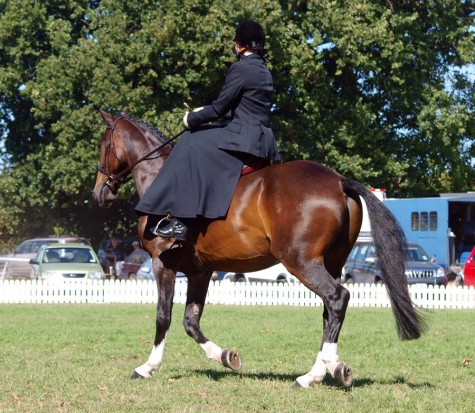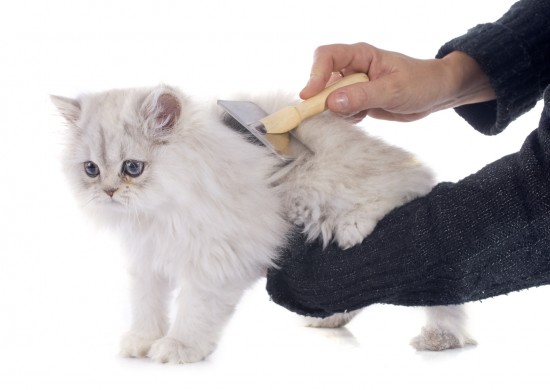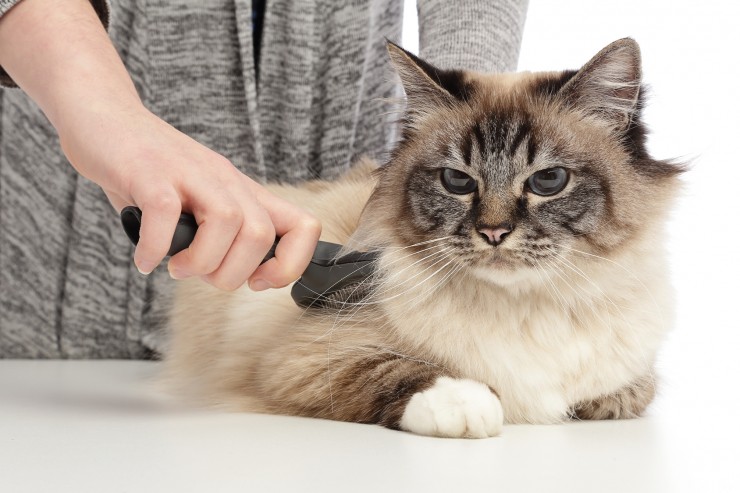

If you love horses, you may have been lucky enough to see a display of side saddle riding or a ladies' hunter class at a local show, and been understandably intrigued by this once widespread method of riding that is considered to be rather unusual today.
If you want to learn a little more about this elegant style of horsemanship and wonder if you might be able to give it a go, then this article should help.
For many centuries, side saddle was considered to be the only socially acceptable way for ladies to ride. Side saddle initially came into being as a way for ladies to ride while preserving their modesty in the traditional long skirts worn throughout history, but during the 20th century, side saddle riding almost died out entirely within the UK. This is considered to have been mainly due to the increase of women entering the workplace in traditionally male roles, and as a result, the normalisation of ladies wearing trousers as well as skirts.
In the 1970's, the Ladies Side Saddle Association was formed by Janet Macdonald and Valerie Francis, in an attempt to renew interest in side saddle riding and keep it from fading into the annuls of obscurity altogether. Side saddle riding has experienced a slow but steady resurrection since then, with ladies hunter classes (which are ridden side saddle) now often found on the schedule of county level shows and larger local events.
Although side saddle is traditionally a style of riding unique to females, during the 1990's the Ladies Side Saddle Association became simply the 'Side Saddle Association' in order to become more inclusive towards male riders who wished to take up side saddle as the result of a leg injury which made it difficult or impossible to ride using both legs.
Side saddles are generally built to the left, with the legs on the left hand side of the horse, however side saddle can be made for either left hand or right hand riding.
The equipment required to ride side saddle is understandably rather different to that required to ride astride, most notably the saddle. Side saddles are completely different to regular saddles, and significantly more expensive. Good quality second hand side saddles rarely change hands for less than £1,000, and due to the precision involved in saddle making and the importance of getting a perfect fit for the horse, often have to be made bespoke by a specialist saddler.
As both legs are on one side of the horse (usually the left) and the 'top' leg (usually the right) is not used, a specially made extended cane with a curved end is held in the right hand and used on the flank of the horse to replace the aids which are given by the right leg when riding astride.
For exhibition side saddle riding and competition in ladies hunter classes, a full habit consisting of a cutaway jacket and a skirt (which is not actually a skirt in the traditional sense, but rather an extended apron worn over jodhpurs that wraps around the body and is pinned up when on the ground, and opened out to cover the legs when mounted) is required, as well as a bowler hat for classes run before midday, or a top hat for classes run in the afternoon. Ladies hunter showing tack and turnout is judged to a very high standard, and there are strict guidelines on the correct attire and presentation of both horse and rider.
For day to day side saddle riding, generally the rider will simply wear a light casual apron skirt, or often just regular jodhpurs or breeches.
When riding side saddle, the right leg is draped over the fixed head of the saddle, and not used. Aids are given with the left leg in the usual way. An extended cane, as mentioned above, is used to replace the aids given by the right leg. Your seat in the saddle should be square and evenly balanced on both sides, and turned at the waist in order to face the rider forwards with the shoulders both facing forwards squarely. Side saddle is usually ridden with a double bridle, although a single rein is often used for beginners and lessons. As you can probably appreciate just from reading this short description, there's a lot to think about when riding side saddle, and achieving the correct positioning and posture and building the necessary muscle memory takes time, even for experienced riders.
While any fit riding horse can theoretically be schooled to accept side saddle riding, you cannot simply fit a side saddle to your mount and expect him to be ready to go. The fit of the saddle is vitally important to the safety and comfort of both the horse and rider, and can produce additional strain on the horses back from the positioning of the saddle. Before attempting to introduce your horse to side saddle riding, you should be reasonably competent in the art yourself, as riding in the wrong position can lead to pressure points and back problems for your horse.
Horses that are regularly ridden side saddle generally receive veterinary back checks twice a year in order to ensure that they are not suffering from any ill effects of being ridden in this manner, although with a correctly fitting saddle and competent riding, the incidence of problems should be no more common than when riding astride.
Side saddle is a fairly specialised discipline, and so you may have to travel some distance in order to find a riding instructor or yard that is equipped to teach it. The Side Saddle Association can recommend riding schools or instructors in your area where side saddle is offered, or alternatively if you find that a side saddle class or exhibition is being held at a local show, it can be worth going along and talking to some of the riders.
When riding side saddle, you can do pretty much anything with your horse that you can while riding astride- including jumping. While it is uncommon to see horses ridden side saddle in shows other than in specially organised side saddle classes, theoretically there is nothing to stop you from riding side saddle in any showing event or riding discipline.
 Signs Youre Family Might Be Ready To Adopt Or Buy A Dog
Signs Youre Famil
Signs Youre Family Might Be Ready To Adopt Or Buy A Dog
Signs Youre Famil
 How To Groom A Long-haired Persian Cat
How To Groom A Lo
How To Groom A Long-haired Persian Cat
How To Groom A Lo
 Six Good Reasons For Regularly Grooming Your Cat
Six Good Reasons
Six Good Reasons For Regularly Grooming Your Cat
Six Good Reasons
 Traits To Look For In A Family Dog
Traits To Look Fo
Traits To Look For In A Family Dog
Traits To Look Fo
 Pet Statistics – The Sadly Surprising Facts
Pet Statistics –
Pet Statistics – The Sadly Surprising Facts
Pet Statistics –
Copyright © 2005-2016 Pet Information All Rights Reserved
Contact us: www162date@outlook.com